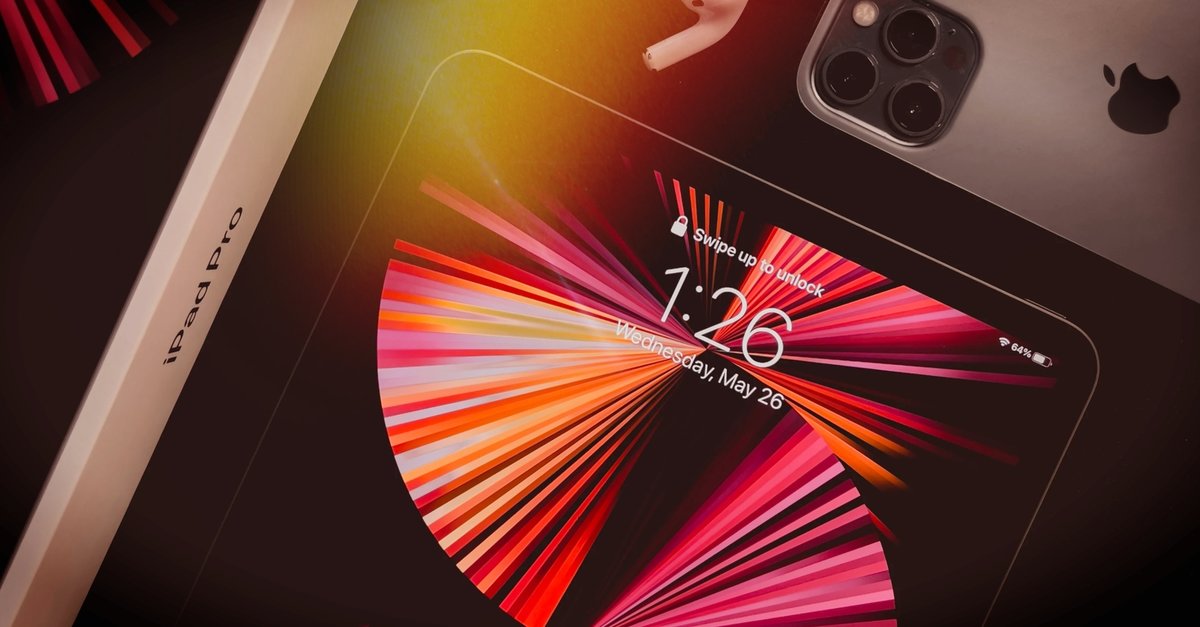iPad Pro 2022: Apple’s penny has dropped
What has the iPhone got ahead of the iPad Pro for years? Very simple: It can be charged wirelessly. A feature that Apple has not yet been able to implement for the tablet. But now the penny has dropped and a solution to this problem is within reach.
The AirPods, the Apple Watch and, last but not least, the iPhone can be recharged wirelessly, but the iPad does not yet have this convenient function. The metal back vehemently prevents the feature for good reason. Instead use all glass like the iPhone?
Wireless charging for the iPad Pro: Apple has an idea
According to a recent report, Apple has since dropped this idea because the Concerns about the all too easy risk of breakage were probably just too big. But Apple could now have found a solution for this, as sources close to the company suggest (source: 9to5Mac).
That’s how Apple should already be Have prototypes in use that only use a larger glass logo on the metal back. Underneath would then be the necessary technology that could collect electricity through the glass. So Apple makes a “hole” in the otherwise metal back wall of the iPad Pro. There are also versions with MagSafe technology, which have stronger magnets than the iPhone. This is necessary to avoid damage. Faster wireless charging speeds would also be supported.
Apple’s current professional class among iPads:
In short: Apple has found the solution to the problem. It remains questionable, however, whether all of this is sufficient for series production. Yet, Apple insider Mark Gurman expects the launch of a new iPad Pro, which can be charged wirelessly, in 2022. We will have to find out whether this then has the aforementioned glass logo or whether Apple has another option up its sleeve.
What to expect from the chip?
The interior of the new iPad Pro, on the other hand, is relatively easy to predict. So it can be assumed that the Apple M1 would then be replaced by an Apple M2. This is not absolutely necessary, as the apps can hardly take advantage of the sheer performance, but it is an update without a processor upgrade can hardly be justified. Another possibility: The use of an only slightly improved M1. Even with the predecessor of the current model, the option was chosen in 2020 and the Apple A12Z was installed, a minimally to hardly changed version of the Apple A12X of the iPad Pro from 2018.



